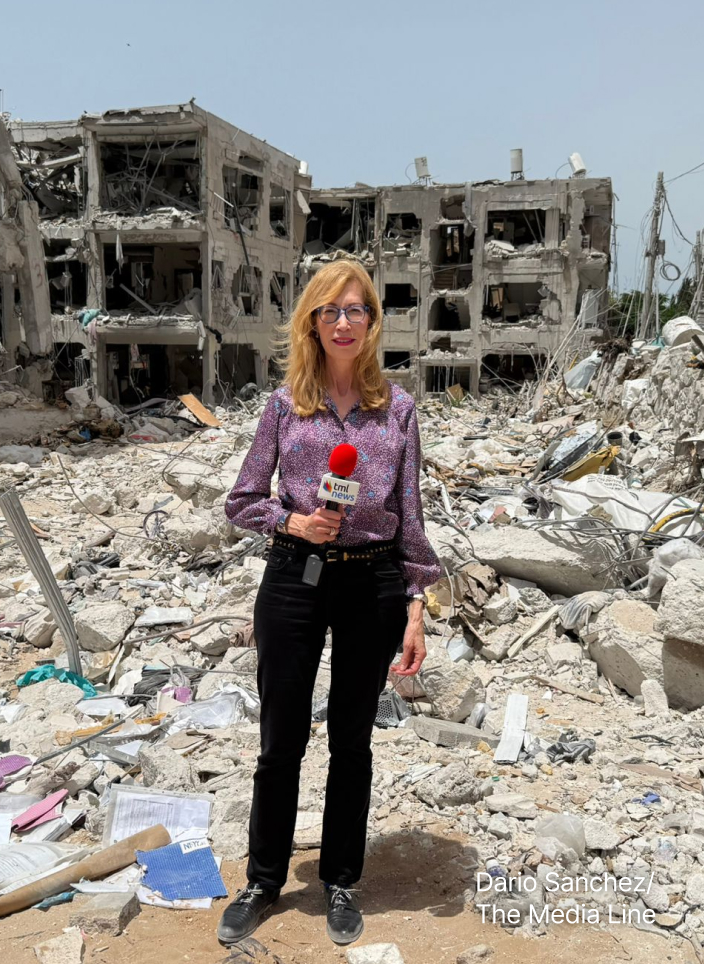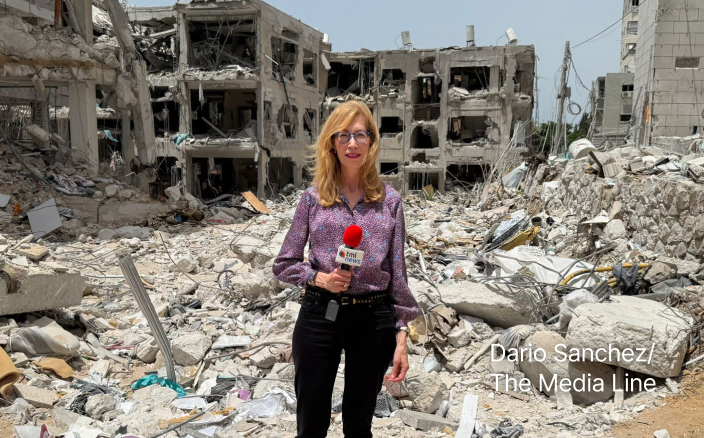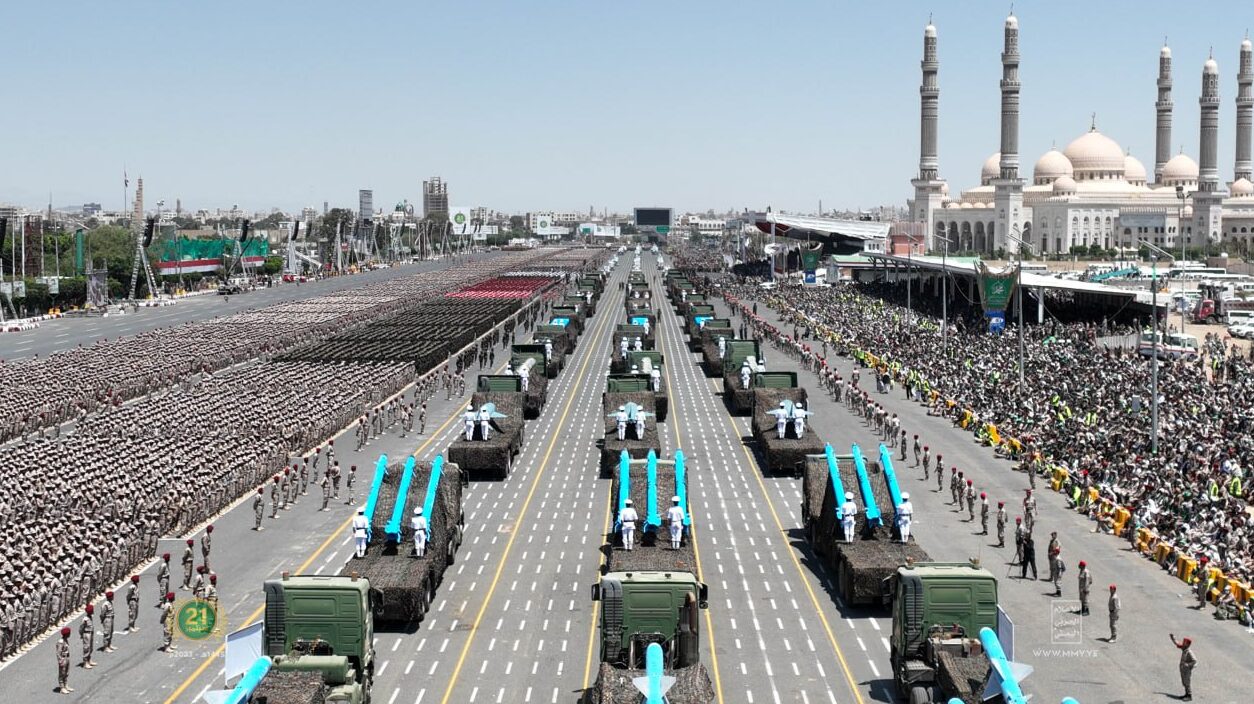Houthi Attacks: Real Participation in the Fighting or Theatrics To Gain Popularity in the Region?
Differing reactions to Houthi missile and drone attacks on Israeli cities
[Yemen] The Houthi forces in Yemen have declared their involvement in the conflict in the Gaza Strip, launching a new barrage of missiles and drones—marking the third assault—toward Israeli cities, according to Yahya Sare’e, the military spokesperson for the Houthi armed forces.
In a statement, the Houthis claimed the operation was a direct response to calls from the Yemeni populace, driven by humanitarian and fraternal impulses.
This action follows a series of demonstrations and marches in the capital, Sana’a, and other regions of Yemen, where participants expressed support for the Palestinian people and called for opportunities to enlist and join the conflict.
Many observers concur that these actions have bolstered the Houthis’ popularity and support, which they lacked in their previous conflict with Saudi Arabia.
However, some analysts view these actions as a calculated display intended to lend new legitimacy to the Houthis, while others interpret it as Iran’s attempt to assert its influence and control in the region.
Opinions are divided regarding the origins and types of weapons the Houthis have used in their assaults on Israel.
In September, the Houthis showcased an arsenal of weapons in a military parade in Sana’a, which they claimed were locally manufactured and developed by their engineers. According to recent announcements by the Houthis, these weapons—comprising ballistic missiles, cruise missiles, and drones—were employed in the attacks on Israeli cities.
The veracity of these statements is questioned by numerous observers.
Abdul Qadir Othman, a journalist with close ties to the Houthis, spoke to The Media Line confirming that the Houthis’ air force is now capable of reaching and striking Israeli cities.
Concerning the weapons deployed in the strikes against Israel, Othman said, “All the weapons were manufactured or developed entirely in Yemen for the purpose of reaching these cities.”
Othman dismissed the theories that the weapons were of Iranian origin or that the missiles lacked the capability to hit their targets.
The missile brigade and the unmanned air force unit “launched more than 50 missiles and drones towards Israeli cities and they will continue their operations until the end of the war on Gaza,” Othman insisted.
Give the gift of hope
We practice what we preach:
accurate, fearless journalism. But we can't do it alone.
- On the ground in Gaza, Syria, Israel, Egypt, Pakistan, and more
- Our program trained more than 100 journalists
- Calling out fake news and reporting real facts
- On the ground in Gaza, Syria, Israel, Egypt, Pakistan, and more
- Our program trained more than 100 journalists
- Calling out fake news and reporting real facts
Join us.
Support The Media Line. Save democracy.


Whoever denies the role of the Axis of Resistance and Ansar Allah in this war stands side by side with the Israelis in their war against the Palestinians. Most of the Yemeni people bless this operation.
“Whoever denies the role of the Axis of Resistance and Ansar Allah in this war stands side by side with the Israelis in their war against the Palestinians. Most of the Yemeni people bless this operation,” Othman concluded.
However, not all Yemenis subscribe to the Houthi narrative. The Media Line interviewed Yemenis who observed the recent attacks from Yemen against Israel and described them as a “theatrical display” staged for the Houthi, the Americans, and the Israelis.
Some allege that the true aim is to solidify a support base for the Houthi and reconfigure the regional dynamic.
Others accept that the Houthis intended to strike Israel but believe the extent of the attacks has been overstated to rally Yemeni public support. Nevertheless, they acknowledge that most Yemenis praised the operation.
Yemeni author and journalist Saddam Al-Huraibi told The Media Line that the Houthis’ involvement in the conflict was not driven by solidarity with the Palestinian cause.
“The Houthis took advantage of that [Israel-Hamas conflict] in order to obtain popular support which was about to end after the commencement of the Saudi-Yemen war,” added Al-Huraibi.
He contends that the Houthis’ strategy of launching missiles and drones against US Navy ships and Israeli cities is part of a systematic bid for public endorsement.
“Even the way the Americans and Israelis spoke about the Houthis launching missiles suggests that the attacks are only for show,” concluded Al-Huraibi.
Abdul Salam Al-Wasabi, an administrator in the Moral Guidance Department in the Internationally Recognized Government, concurs with Al-Huraibi.
“The Houthis have succeeded in winning the emotional support of the people of Yemen and the people in the Arab countries, while at the same time, making the governments of the Gulf countries look bad, especially since their role in this recent round of fighting is considered a negative one,” explained Al-Wasabi.
“The American forces had announced that any danger against their forces or their allies will be met with the available options, so far no such a thing has happened, against the Houthis or against the axis of resistance in Iraq and Syria, which suggests that the Houthis operation is a media sensation and does not constitute a danger as declared by the Houthis,” argued Al-Wasabi.
In a separate announcement, the Houthis claimed a role in the Israeli-Hamas war, boasting the use of ballistic and winged weaponry previously directed at Saudi Arabia and the UAE.
According to a case study published by Abaad Studies & Research Center, “The concrete Houthi threat to Israel is the ability of the Houthis to launch long-range ballistic or smart missiles and explosive-laden drone attacks,” read the study.
“To hit targets inside Israel,” the study said, “the Houthis will need a 1,600 km range firepower as a minimum to reach targets in southern Israel and the port of Eilat.”
The same study revealed that the Houthi arsenal, tested during the Abu Dhabi offenses, includes Quds-2 and Zulfiqar missiles as well as Sammad-3 drones, all with a reach exceeding 1,700 km. These weapons, capable of reaching Israel, feature the Quds-4 cruise missile, the latest in the series, presumed to have a range of 1,350-2,000 km. The Quds-4, part of the Iranian Soumar missile family, is known in Yemen as Yaweh.
Najm al-Din Qasim, a journalist specializing in political and military affairs, explained to The Media Line the source of the Houthis weapons including the missiles.
“The Houthis took missiles and the naval boats from the former regular army; also there are foreign experts who helped develop some of the weapons which are capable of threatening Israeli and American ships in the Red Sea,” explained Qasim.
The Yemeni populace harbors deep-rooted sympathies for the Palestinian cause, historically demonstrating support through protests and generous donations.
Since seizing Sana’a and parts of northern Yemen, the Houthis have consistently leveraged their adversarial stance against Israel to gain popular support within Yemen.

